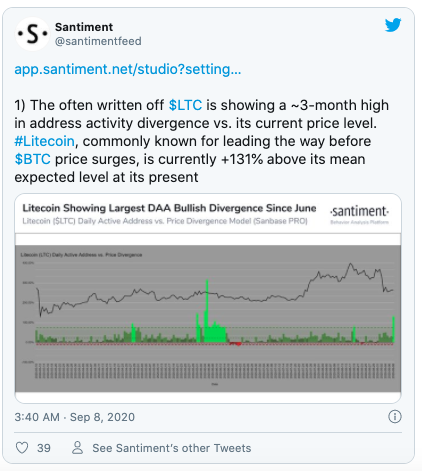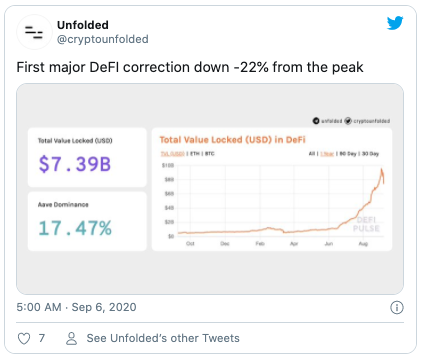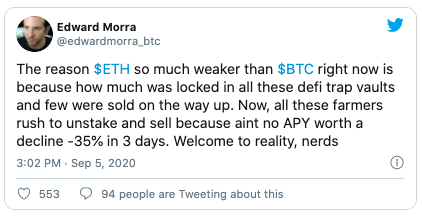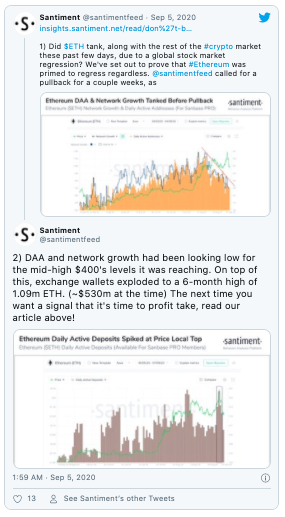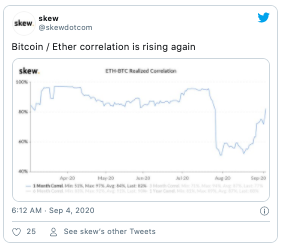
Crypto Lending Platform Cred Joins Visa's Fintech Fast Track Program
By RTTNews Staff Writer | Published: 9/9/2020 11:04 AM ET

Crypto lending and borrowing platform Cred has joined the Visa's Fintech Fast Track Program to enable it to easily leverage the reach, capabilities, and security offered by Visa.
By joining the program, Cred will also be able to expand its reach to facilitate lending and borrowing of digital assets around the world wherever Visa has its operating network, thus enabling its global expansion in the most efficient way possible.
This includes sending interest payments directly to customer bank accounts through Visa's network, issuing Crypto Line of Credit (C-LOC) cards that allow customers to access a credit line without liquidating their crypto assets, and an easy way to acquire digital assets using Visa payment products.
"Cred has always served as a bridge between traditional banking and blockchain based financial services and having a direct relationship with Visa will enable the company to scale much more rapidly to support the significant growth occurring with digital asset lending," said Dan Schatt, CEO and Co-Founder of Cred.
The fintech fast-track program provides a new commercial framework to support fintech and startup companies that includes access to Visa's payment capabilities, reduced fees and streamlined processes.
The program provides turnkey access to Visa's ecosystem partners, online licensing, APIs, as well as extensive go-to-market toolkits, online education and expert advice to help Fintechs scale their business.
Cred is already serving customers in more than 190 countries. It allows its customers to earn a yield or interest of up to 10 percent on more than 30 crypto and fiat currencies through its partner network. It also provides loans with cryptos as collateral.
Cred is a licensed lender headquartered in the San Francisco Bay Area, supporting crypto exchanges, wallets, foundations and financial applications with its industry-leading crypto-backed lending and borrowing platform. It harnesses the power of blockchain to allow everyone to benefit from low-cost credit products.
Cred is a founder of the Universal Protocol Alliance (the UP Alliance), a coalition of the world's leading blockchain companies solving some of crypto's hardest challenges. The Alliance is working to create the future generation financial infrastructure needed to support the next 100 million users of crypto.
For comments and feedback contact: editorial@rttnews.com
Article written by an RTT News Staff Writer, and posted on the RTT News.com website.
Article reposted on Markethive by Jeffrey Sloe









